
There is a potential risk faced when unlicensed electricians are hired as they cause more harm than good. Studies show […]
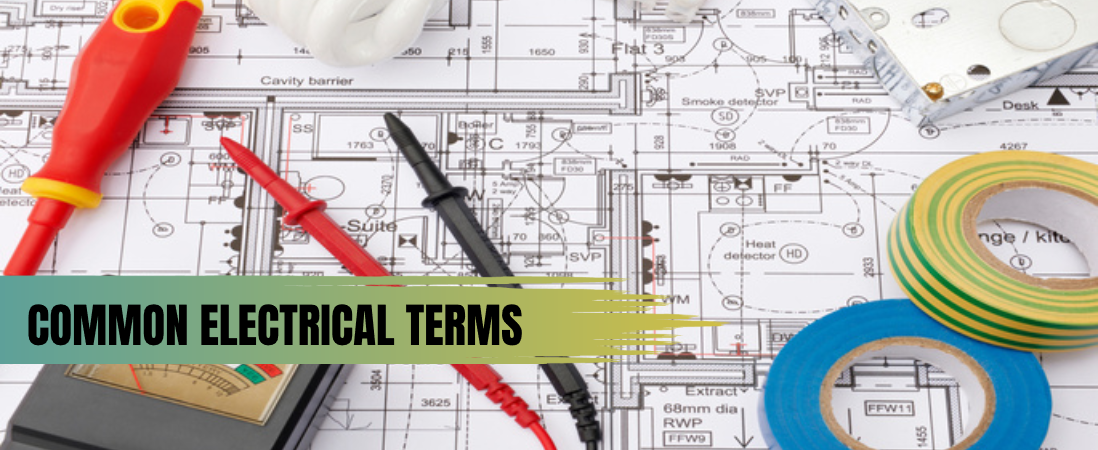
Electrical concepts and work require basic knowledge of the most common electrical terms. This article highlights, defines and explains the most common electrical terms related to electricity.
Also Read: 10 Most Common Electrical Problems In Your Home
Simply put, alternating current is an electric current that regularly reverses direction and changes magnitude, in opposition to direct current, which travels in just one direction with respect to time.
More about alternating current

An ammeter is an instrument that detects electric current in amperes. The instrument is calibrated to efficiently measure a wide range of current values, whereby the meter mechanism allows only a tiny fraction of the current directed through the meter at high current values. A shunt fixed in parallel with the meter absorbs most of the current.
A circuit is the path an electric current follows, and a simple working electrical circuit is made up of 3 main components: a voltage source, a conductive path and a resistor.
A circuit could also consist of several components, such as a generator or a battery, responsible for generating energy and charging the particles that make up the current; several equipment that use current, such as lamps, electric motors, or computers; and the connecting wires or transmission lines.
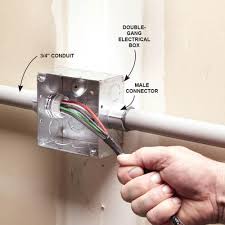
A conduit is essentially a tube through which electrical wires or cables are pulled to pass them through a range of structural or architectural units. The conduit ensures that the wires and cables are shielded from damage and properly distributed.
A wire is a long, thin, conducting piece of metal used to bind objects or transport electricity. A metallic conductor may not be able to carry electricity without the wire.
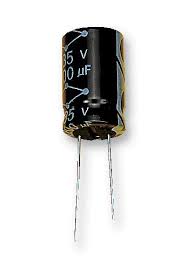
A capacitor is a device that stores electrical charges. Capacitance is the term that describes a body’s ability to hold an electrical charge and the ratio of the object’s electric charge (Q, calculated in coulombs) to the voltage across the object is measured in farads (V, expressed in volts)
Also Read: Licensed Electricians Sydney

A resistor is a device that restricts an electric current from flowing through it. It’s also known as a two-terminal passive electrical component having electrical resistance. Primary purposes of resistors in electronic circuits include regulating current flow, modifying signal levels, splitting voltages, biasing active devices, and terminating transmission lines, among other uses.
A conductor is another basic electric term. A conductor would be any material, device, or substance that permits electrical current to flow freely. Metal is an example of a conductive substance since it has a low resistance, and the most common conductors available are copper and aluminium wires.
Also Read: Industrial Vs Commercial Electricians-Know The Differences
Insulators are substances, devices, or materials that prevent electrical current from flowing freely. The electrons in the insulator’s atoms are closely bonded and cannot easily travel.
The movement of an electric charge via a conductor is known as current (I) and the unit of measurement is Amperes. Electric current is often compared to the flow of water in a pipe.
A circuit breaker is a device that automatically interrupts the electric current in a circuit. After fixing the cause of the overload or failure, the circuit breaker must be restored (closed) to restore electrical current flow. To safeguard circuits against problems, circuit breakers can be used in conjunction with protective relays.
A diode is a semiconductor device (i.e., it permits the flow of electrical current in one direction only) that has two terminals. When the anode terminal is positive in relation to the cathode, the diodes allows current to flow.
Electrolyte is a type of material that can conduct an electrical current when it is decomposed into ions in a solution. The operation of a storage battery depends on the liquid medium within, which is an electrolyte solution containing sulphuric acid and water.
This is the amount of resistance a circuit creates when a voltage is applied to it. Impedance, unlike resistance, extends the concept of resistance to AC circuits and has both magnitude and phase, whereas resistance just has magnitude.
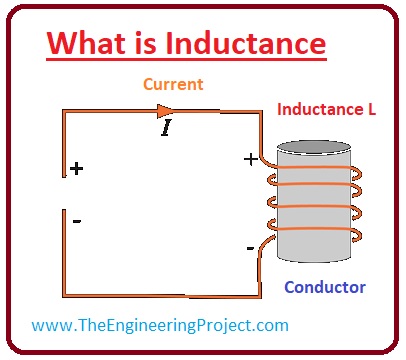
Inductance is an electrochemical characteristic of an electric conductor or circuit that induces an electromotive force to be released when the current flowing changes. It refers to the electrical conductor’s resistance to change in the electric current travelling through it.
An inductor is a cable coil twisted around a ferromagnetic material. The inductance of a coil is proportionate to its number of turns.
An ohmmeter is a tool that detects the strength of an electrical circuit in ohms.
The pace at which electrical energy is transferred by an electric circuit is referred to as power, which is measured in Watts. Power can be determined as the Force multiplied by distance divided by the time required.
The amount of electricity that creates and sustains the electric and magnetic fields of AC equipment is called reactive power. Reactive power is created when the current and voltage of an AC circuit are out of phase, and is measured in VARS.
This is the standard for measuring reactive power. Vars is just the complex conjugate of apparent power or the power flowing into a reactive load, when voltage and current are measured in volts and amperes, accordingly.
Semiconductor is one of the most used electrical terms. A semiconductor is a crystalline solid, a device, or a substance with a resistivity that fluctuates between that of an insulator and that of typical metals, following the addition of a particle or thermal effects. Semiconductor devices, particularly silicon devices, are critical components of most electronic circuits.
A short circuit happens when one part of an electric circuit interacts with another component of the same circuit, driving current to find a shorter path and moving electricity away from its original course.
Voltage is the pressure induced by the power source in an electrical circuit which permits energized electrons (current) to pass through a conducting loop, allowing them to accomplish their mission. ( V= IR)
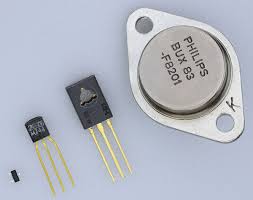
A transistor is a semiconductor device that enhances or switches electronic signals and electrical power. One of the most fundamental components of modern electronics is the transistor.
A series circuit is a type of circuit layout in which electricity flows through only one path and all of the circuit currents must pass through each load.
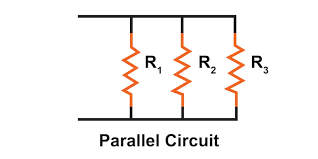
A parallel circuit is another type of circuit layout, where electricity can travel along numerous parallel channels. The entire circuit current is equal to the sum of the individual branch currents, and each load connected to a distinct path receives the whole circuit voltage.
Having poles or polars is a trait of polarity. It’s a term that refers to both the positive (+) and negative (-) ends of a magnet or an electrical mechanism like a coil or a battery.
An ohm is a unit of resistance measurement. When a circuit transmits a current of one ampere at a potential difference of one volt, the corresponding circuit resistance is one ohm.

This is a law that states that the current passing through a metallic conductor is directly proportional to the potential difference across its ends, provided that temperature and other physical features (like pressure) remains constant. (V = IR)
The farad is the unit of capacitance measurement. One coulomb per volt is equal to one farad.
It is the measurement unit for inductance. The inductance of a circuit is one Henry if the rate of change of current in a circuit is one ampere per second and the resulting electromotive force is one volt.
A generator is a tool or instrument that can convert mechanical energy into electrical energy.

A fuse is a circuit interrupting device made out of a strip of wire that melts and interrupts an electric circuit when the current crosses past a safe level. After resolving the cause of failure, the fuse must be replaced with an identical fuse of the same size and rating in order to restore the circuit operation.
The number of cycles per second is known as frequency. It is the inverse of time (i.e., F= 1/T) and is measured in Hertz (Hz). The frequency of a current is 1 Hz when it completes one cycle per second; 60 cycles per second translate into a frequency of 60 Hz.
It is a nonlinear resonance and a type of resonance in electric circuits that occurs when a circuit with a nonlinear inductance is fed from a source with series capacitance and the circuit is disrupted, for example by the opening of a switch.
It can cause the electrical power system to have too much voltage and current, and can pose a risk to transmission and distribution equipment as well as operating personnel.
An electron is a negatively charged particle that circulates around an atom’s nucleus.
This is the potential difference that allows an electric current to flow and is measured in Volts.
The dielectric constant is a measurement of a substance’s ability to store electrical energy in the presence of an electric field.
Electrolysis is the chemical decomposition of a substance in a solution or in molten form when exposed to direct current (DC).
A node is a connection point between two or more branches in a circuit, also explained as a junction.
A loop is any closed path within the electrical circuit.
A mesh is any closed path in a circuit which does not host any other closed path inside it.
A branch of a circuit is an individual leg of the overall circuit with a specific component such as a resistor or a source.
A phasor is a quantity that can be used to represent the value of sinusoidal voltages, current, flux and emf.
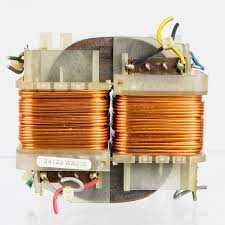
A transformer is a passive component that transfers electrical energy from one electrical circuit to another circuit, or to multiple circuits. Transformers can be either a step-up type (with a higher output voltage than the input circuit) or a step-down type (with the output voltage lower than the input).
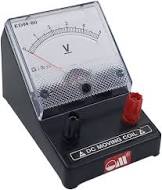
A voltmeter is an instrument used to measure the force in volts of an electrical current. It is also defined as the difference in potential (voltage) between different points in an electrical circuit. Voltmeters that have a high internal resistance are connected across (parallel to) the points where voltage is to be measured.
In conclusion, understanding basic electrical terms is essential for anyone involved in electrical engineering or related fields.
A clear understanding of these terms will enable individuals to effectively communicate and make informed decisions in their work. It’s important to continuously educate oneself on electrical terminology to keep up with the advancements in technology and maintain a strong foundation in the field.